Vietnam has established a sophisticated national surveillance system to monitor avian influenza virus transmission across species boundaries. This integrated network addresses the significant public health risks posed by zoonotic influenza variants in a country with dense human-animal agricultural interfaces.
Surveillance Infrastructure
The multi-layered monitoring system encompasses poultry farms, live animal markets, and wild bird habitats across all provinces. Specialized regional laboratories form the network's technical backbone, equipped with advanced genomic sequencing capabilities. A centralized data hub processes surveillance information from veterinary and human health sectors.
Detection Technologies
Field-deployable rapid diagnostic devices enable immediate testing at outbreak sites. Next-generation sequencing platforms identify viral mutations with zoonotic potential within 48 hours of sample collection. Environmental sampling techniques monitor viral persistence in high-risk ecosystems.
High-Risk Interface Monitoring
The program prioritizes surveillance at critical human-animal contact points including smallholder farms and wet markets. Mobile testing units conduct routine sampling of both avian species and exposed workers. Geographic information systems map transmission hotspots based on viral detection patterns.
Early Warning Systems
Automated algorithms analyze surveillance data to generate real-time risk alerts. The system integrates meteorological and migratory bird movement data to predict outbreak probabilities. Threshold triggers initiate rapid response protocols when abnormal transmission patterns emerge.
Laboratory Network
Vietnam's National Center for Veterinary Diagnostics coordinates a tiered laboratory system with standardized testing procedures. Biosafety Level 3 facilities handle high-risk pathogen characterization. The network maintains strict quality control through proficiency testing and equipment calibration.
Human Health Integration
Sentinel hospitals report influenza-like illnesses through linked surveillance channels. The system enables immediate comparison of human and avian viral strains to detect interspecies transmission events. Joint veterinary-public health teams investigate suspected crossover cases.
Data Management Platform
A unified digital system aggregates surveillance data from multiple sources with geospatial tagging. Cloud-based analytics tools visualize transmission dynamics across regions and species. Secure data sharing protocols enable real-time information exchange with international partners.
Workforce Development
Specialized training programs maintain cadres of field epidemiologists and laboratory technicians. Certification programs ensure competency in biosecurity procedures and emerging diagnostic technologies. The network conducts regular simulation exercises to maintain outbreak readiness.
Regulatory Framework
National legislation mandates reporting requirements for avian influenza detections across all sectors. The legal framework authorizes containment measures during elevated threat periods. Compliance monitoring ensures consistent participation in the surveillance system.
International Collaboration
Vietnam's network contributes data to global influenza monitoring initiatives. The country participates in regional vaccine development consortia and shares viral isolates with WHO reference laboratories. Technical exchanges help maintain alignment with international best practices.
Challenges
Surveillance gaps persist in remote small-scale farming operations. Viral diversity in duck populations presents particular monitoring difficulties. Resource constraints limit full implementation of genomic surveillance capabilities in some provinces.
Future Directions
Planned expansions include wastewater surveillance in high-risk areas and blockchain-based livestock movement tracking. Researchers are developing predictive models incorporating climate change impacts on viral transmission patterns. The network aims to enhance real-time sequencing capacity at provincial nodes.
Vietnam's integrated approach to avian influenza surveillance provides a model for managing zoonotic disease threats in resource-limited settings. By combining robust field monitoring with advanced laboratory capabilities and cross-sector coordination, the system significantly enhances early detection of dangerous viral variants. The network's continued development demonstrates Vietnam's commitment to global health security while addressing domestic agricultural health challenges. This comprehensive system positions the country to better predict and respond to emerging influenza threats at critical animal-human interfaces.

By Emily Johnson/Mar 29, 2025
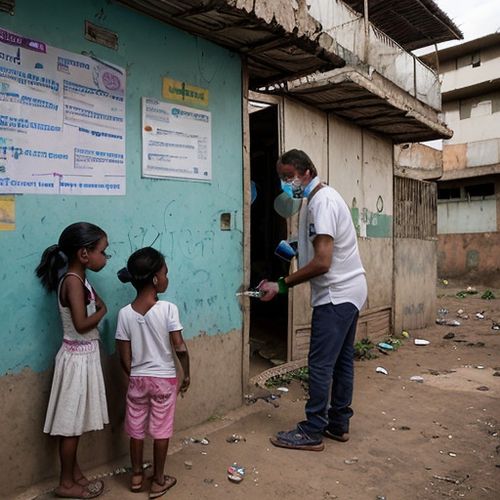
By Olivia Reed/Mar 29, 2025

By Benjamin Evans/Mar 29, 2025

By Jessica Lee/Mar 29, 2025
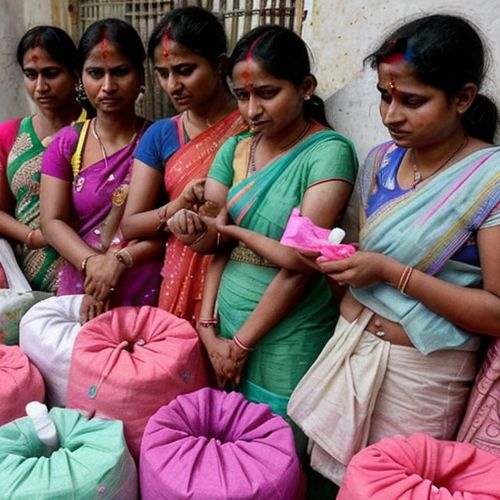
By Benjamin Evans/Mar 29, 2025

By Noah Bell/Mar 29, 2025
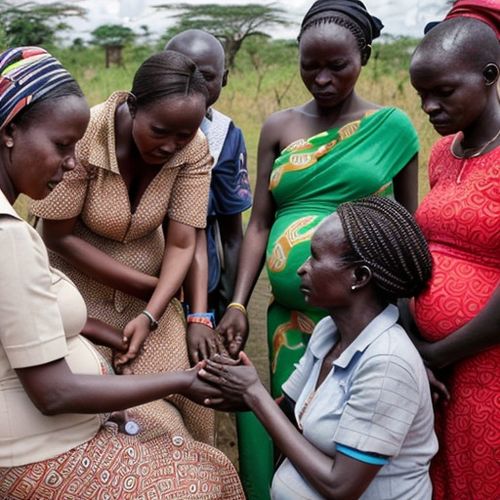
By Emily Johnson/Mar 29, 2025

By Grace Cox/Mar 29, 2025

By Megan Clark/Mar 29, 2025

By Sophia Lewis/Mar 29, 2025

By Joshua Howard/Mar 29, 2025
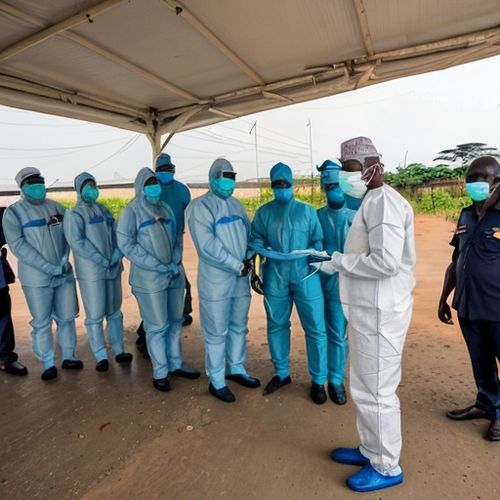
By Ryan Martin/Mar 29, 2025
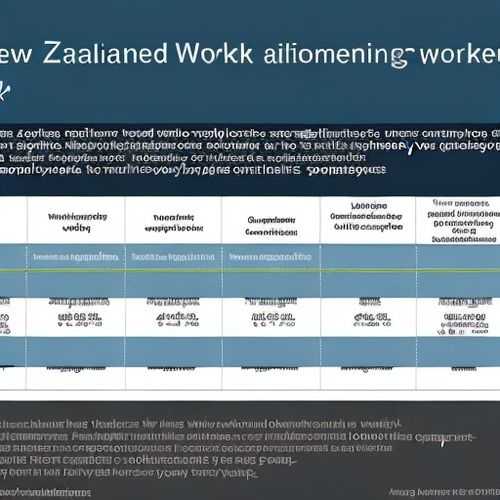
By John Smith/Mar 29, 2025

By Megan Clark/Mar 29, 2025

By George Bailey/Mar 29, 2025

By Ryan Martin/Mar 29, 2025

By Benjamin Evans/Mar 29, 2025
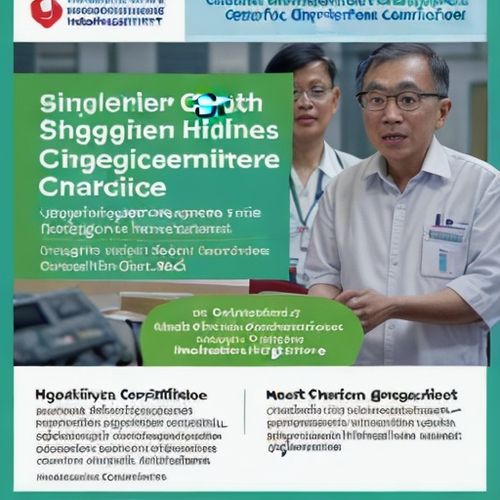
By Emma Thompson/Mar 29, 2025
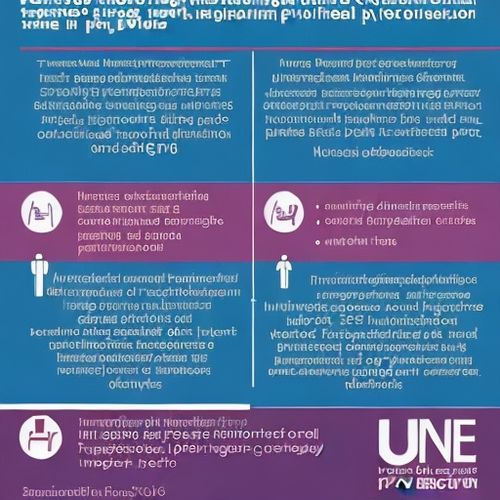
By Lily Simpson/Mar 29, 2025

By Amanda Phillips/Mar 29, 2025